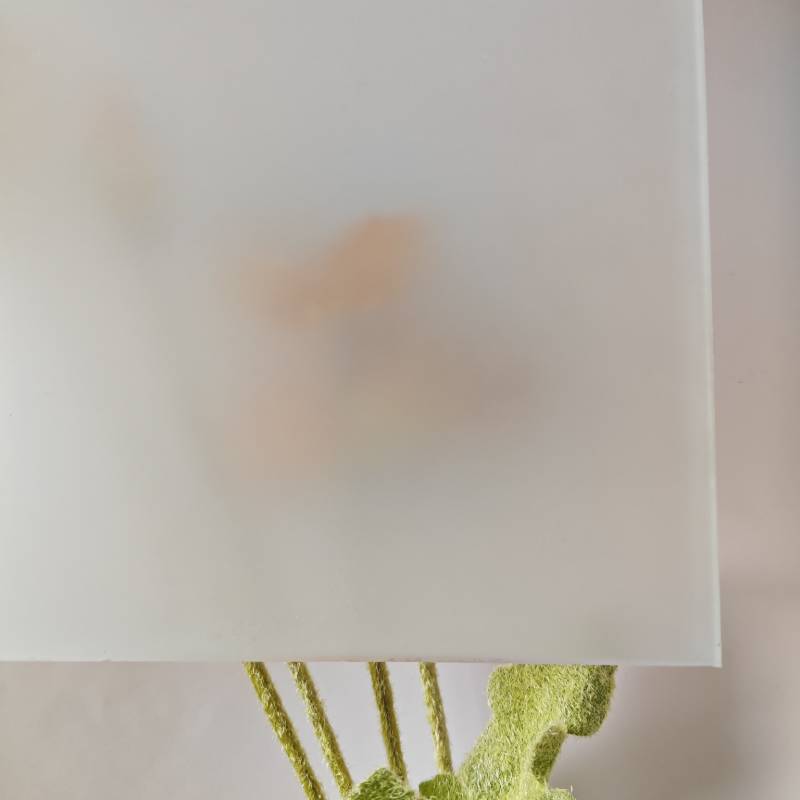

Understanding Low-E Double Pane Glass Replacement
When it comes to energy efficiency and comfort in our homes, windows play a crucial role. Among the various options available on the market, low-emissivity (low-E) double pane glass has gained popularity for its ability to enhance insulation and reduce energy costs. However, like any material, it may eventually need to be replaced. In this article, we will explore the benefits of low-E double pane glass, the signs that indicate it might be time for replacement, and the process involved in replacing it.
What is Low-E Double Pane Glass?
Low-E double pane glass consists of two sheets of glass with a space in between, typically filled with argon or krypton gas for insulation. The low-E coating is a microscopically thin layer that reflects infrared light, keeping heat inside during winter and blocking heat from entering during summer. This energy-efficient technology significantly reduces heating and cooling costs while enhancing indoor comfort.
Benefits of Low-E Double Pane Glass
1. Energy Efficiency The primary advantage of low-E glass is its energy efficiency. By minimizing heat transfer, it helps maintain a stable indoor temperature, reducing the workload on heating and cooling systems.
2. UV Protection Low-E coatings can block up to 99% of harmful UV rays, protecting your furnishings, flooring, and artwork from fading over time.
3. Noise Reduction The insulating properties of double pane glass also contribute to effective noise reduction, making your home quieter.
4. Condensation Reduction Low-E double pane windows can help in reducing condensation on the glass surface, decreasing the likelihood of mold growth and water damage.
Signs Your Low-E Double Pane Glass Needs Replacement
1. Visible Damage Cracks, chips, or scratches on the glass can compromise its insulating properties. If you notice any visible damage, it’s time to consider a replacement.
2. Foggy or Cloudy Glass If the space between the panes appears foggy or cloudy, it indicates a failed seal, allowing moisture to enter. This can significantly impact energy efficiency.

3. High Energy Bills A sudden increase in energy bills could signal that your windows are no longer performing efficiently. If your heating or cooling costs have spiked, it may be an issue with your window insulation.
4. Drafts or Cold Spots If you feel drafts or notice cold spots near your windows, it may be due to deteriorated sealing or insulation, warranting a replacement.
The Replacement Process
Replacing low-E double pane glass typically involves several steps
1. Assessment A professional will assess the condition of your existing windows, identifying any signs of damage or inefficiency.
2. Selection Choose a suitable replacement glass option based on your needs. You can opt for standard low-E glass or advanced coatings depending on your energy efficiency goals.
3. Removal The old glass will be carefully removed, and any damaged frames will be repaired or replaced as necessary.
4. Installation The new low-E double pane glass will be installed with proper sealing to ensure optimal insulation and prevent moisture buildup.
5. Final Check After installation, a final inspection will ensure everything is sealed correctly and functioning as expected.
Conclusion
Low-E double pane glass is a fantastic choice for energy efficiency, comfort, and protection in modern homes. Recognizing the signs that indicate it’s time for replacement can save homeowners money and improve living conditions. Whether you notice foggy glass, increased energy bills, or visible damage, addressing these issues promptly can lead to a more efficient and comfortable home environment. Remember to consult with professionals for the best results to ensure your investment in new glazing pays off in energy savings and comfort for years to come.